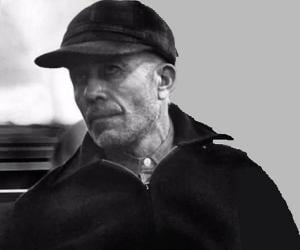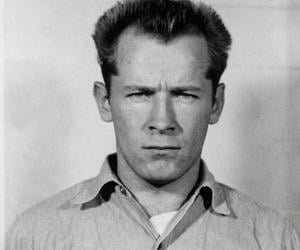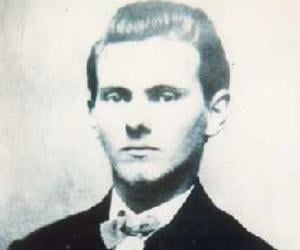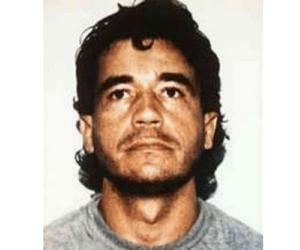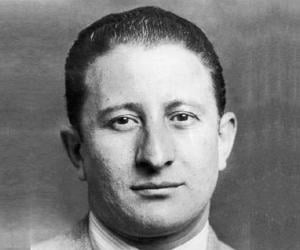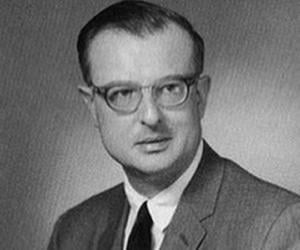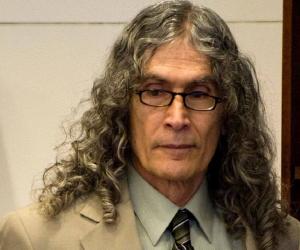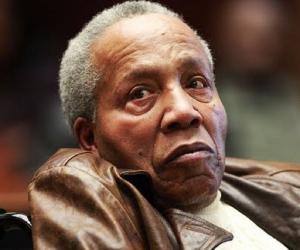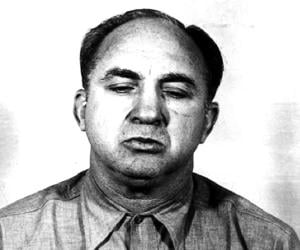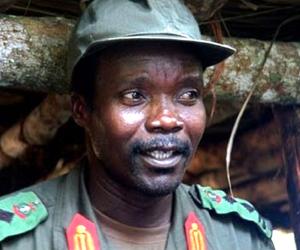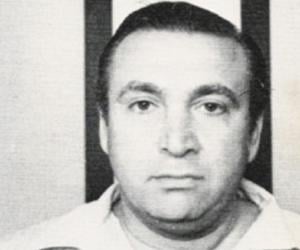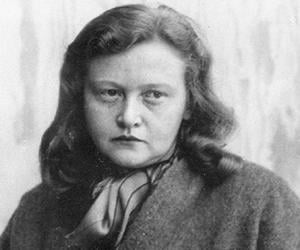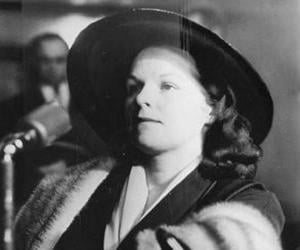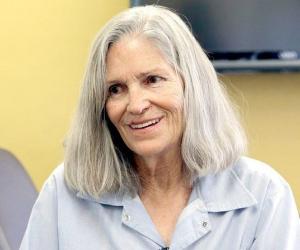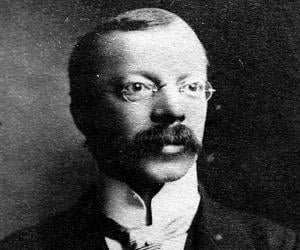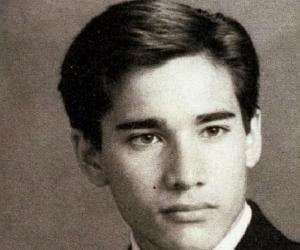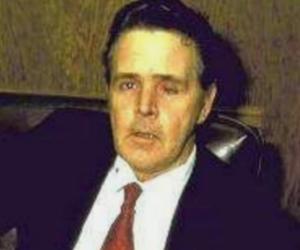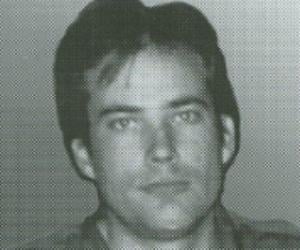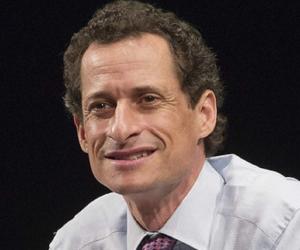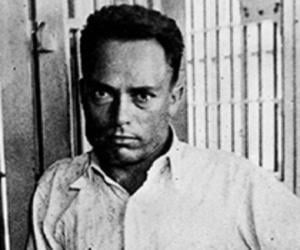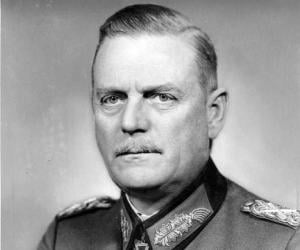Popularly known as the Butcher of Plainfield, Ed Gein was a murderer and body snatcher. His spine-chilling life insane acts like exhuming corpses and making keepsakes and trophies from their skin and bones, inspired films like The Silence of the Lambs, The Texas Chain Saw Massacre, and Psycho.
Whitey Bulger was an Irish-American FBI informant and organized crime boss. His arrest and subsequent trial exposed FBI handler John Connolly who had helped Bulger in return for the latter's information about the Patriarca crime family. Bulger's life and work inspired the 2015 film Black Mass. Many fictional TV and film characters have also been inspired by Whitey Bulger.
German-Colombian drug kingpin Carlos Lehder, co-founder of the Medellín Cartel, which smuggled cocaine into the U.S., formed the Muerte a Secuestradores, to fight against the kidnappings of his cartel members. He escaped from the kidnappers but spent a 33-year sentence in the U.S., following which he was released.
Carlo Gambino was an Italian-American kingpin of the famous Gambino crime family. He took over the Commission of the Mafia after the incarceration of Vito Genovese in 1959. Although he was involved in organized crime for more than five decades, he was imprisoned for only 22 months for a tax evasion charge. Carlo Gambino is often portrayed in crime films.
Mickey Cohen was a gangster who became involved with the Chicago Outfit before running multiple businesses like casinos, nightclubs, gas stations, and floral shops. His association with the underworld and his violent methods make him a popular choice for gangster character in crime films; he has been portrayed by popular actors in films like Bugsy, L.A. Confidential, and Gangster Squad.
Henry Every was an English pirate who was active during the mid-1690s. Nicknamed The King of Pirates, Every is remembered as one of the few major pirate captains to have escaped with his loot without being killed or arrested. Despite operating as a pirate for only two years, Every caught the public's imagination and inspired others to take up piracy.
Ugandan insurgent, Joseph Kony, is the leader of the Lord's Resistance Army (LRA), a guerrilla group. He is a self-proclaimed spokesperson of God and a spirit medium. Government entities have accused him of abducting children to make them child soldiers and sex slaves. He was indicted for war crimes and crimes against humanity in 2005 by the International Criminal Court (ICC).
Roy DeMeo was an Italian-American gangster in the Gambino crime family of New York City. He was the leader of the DeMeo crew, a gang notorious for committing a series of brutal murders. He was involved in various illegal endeavors and was a silent partner in a peep show/prostitution establishment. His bullet-ridden body was found under mysterious circumstances in 1983.
Virginia Hill was an American woman best remembered for her association with the Chicago Outfit crime organization. She served as the outfit's courier, passing important messages between mobsters, during the mid-1930s. She became the subject of a 1974 TV film. Her relationship with mobster Bugsy Siegel was dramatized in the 1991 movie Bugsy, where she was portrayed by Annette Bening.
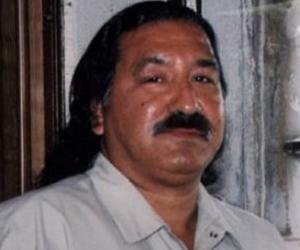
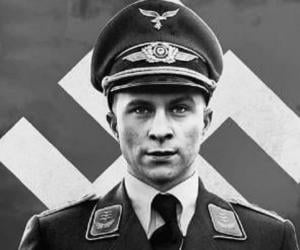
Leslie Van Houten is a convicted murderer. A former member of the infamous Manson Family, Houten played a major role in the Tate-LaBianca murders of 1969. Since her highly publicized court trials, Leslie Van Houten has been portrayed in several films; she has been played by actresses like Kristen Hager, Tania Raymonde, Greer Grammer, Hannah Murray, and Victoria Pedretti.
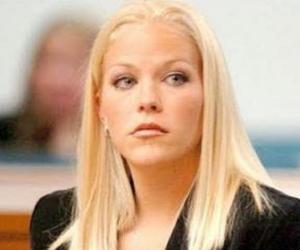
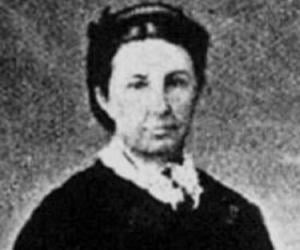
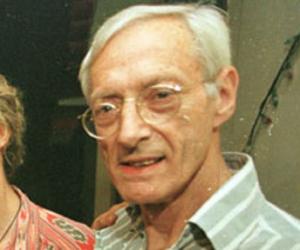
Bruce Reynolds was a British criminal who was the mastermind behind the Great Train Robbery in 1963. Although he was sentenced to 25 years in prison in 1969, Reynolds was released in 1978 post which he published three books and became a popular public figure, performing alongside Alabama 3. His life and career have inspired several films and TV series.
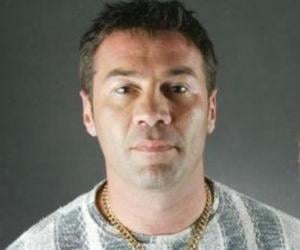
Evangelos Goussis is an Australian retired kickboxer and boxer. Although he had a successful boxing career, Goussis' personal life and his role in the infamous Melbourne gangland killings have overshadowed his professional achievements. Evangelos Goussis was found guilty of murdering two people of the 36 underworld figures who died in the killings.
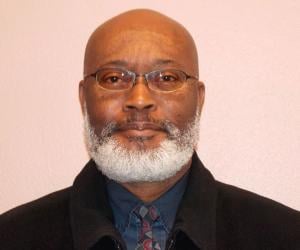
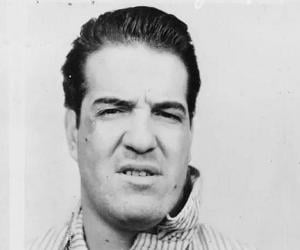
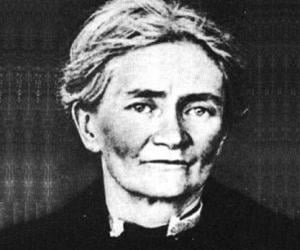
Andrew Cunanan was an American spree killer who killed five people, including world-renowned fashion designer Gianni Versace and business tycoon Lee Miglin, during a three-month period. The motive behind the killings remains unknown as he killed himself shortly after the murders. His story has inspired several films and TV series, including the 1998 movie The Versace Murder.
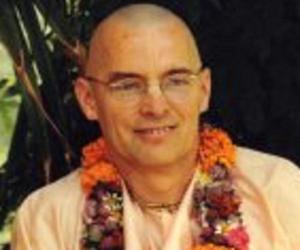
Vaishnava guru and New Vrindaban co-founder Kirtanananda Swami, better known as Bhaktipada, was born into a Baptist family. In spite of receiving a fellowship to study at Columbia University, he quit academics and joined ISKCON instead. He was later expelled from ISKCON after he was found guilty of child molestation.

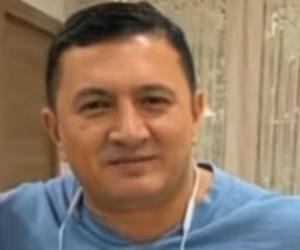
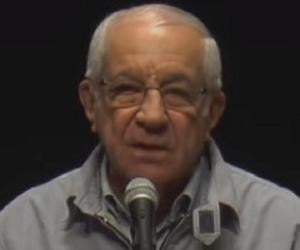
Otelo Saraiva de Carvalho was a Portuguese military officer best remembered as the chief strategist of the Carnation Revolution in Lisbon. Otelo assumed leadership roles after the Revolution, which ended the authoritarian Estado Novo regime in Portugal. Otelo Saraiva de Carvalho is still revered by Portuguese activists of the left, but is hated by right-wing activists.
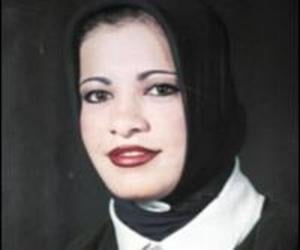
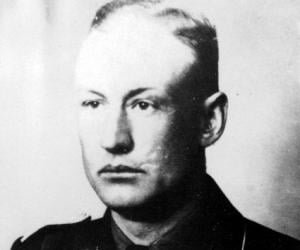
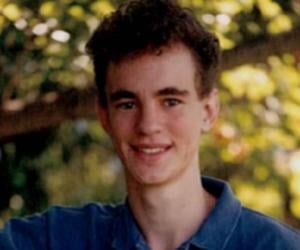
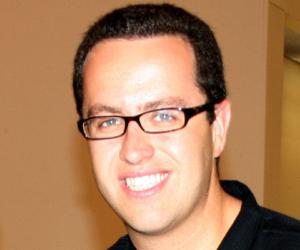
Eric Rudolph is a terrorist convicted for a series of bombings in the southern US between 1996 and 1998. He is also known as the Olympic Park Bomber. He was listed as one of the FBI's Ten Most Wanted Fugitives for five years before being captured. He is currently incarcerated at the ADX Florence Supermax prison.
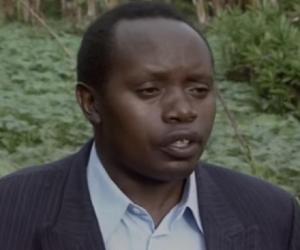
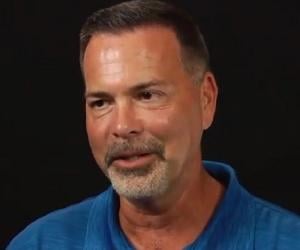
Anthony Weiner is an American convicted sex offender and former politician. A former member of the U.S. House of Representatives from New York's 9th congressional district, Anthony Weiner stirred controversy in 2011 when a sexually provocative photo, which he sent to a woman, was publicized. He landed in trouble again in 2017 for sending obscene material to a minor.
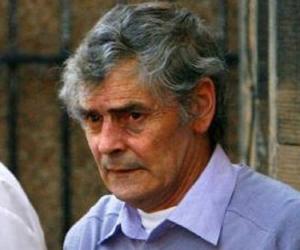
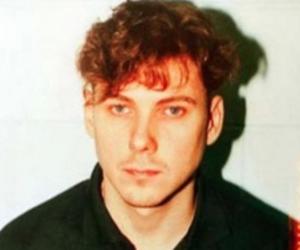
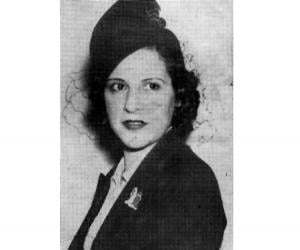


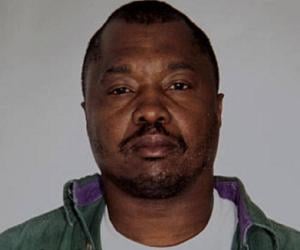
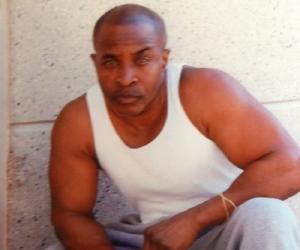
Wilhelm Keitel was a German field marshal. As the chief of the Armed Forces High Command, Keitel was Nazi Germany Armed Forces' highest-ranking officer during World War II. Wilhelm Keitel was responsible for the loss of many lives as he signed several criminal orders. After the war, he was indicted as one of the war criminals and sentenced to death.
